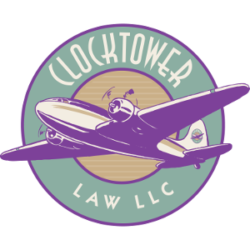To search or not to search: that is the (pretty simple) question.

Under U.S. patent law, there is a duty to disclose to the USPTO any prior art (including patents, publications, and other inventions) that is material to the patentability of your invention, but there is no affirmative duty to search for this prior art. As such, many large firms (and corporations) discourage inventors from conducting a patent search. Their theory is that the less you disclose to the USPTO, the more likely it is that your patent will issue. While this may be true, it does an inventor little good to get a patent by pretending that prior art doesn’t exist.
On the other hand, there are many good reasons to conduct a patent search.
- First, if the search reveals prior art that is exactly like your invention, then your business can save a lot of time and money by not filing a patent application or by not pursuing the invention at all.
- Second, in our experience, the USPTO will take your patent application more seriously if you disclose patent and non-patent prior art. We have seen applications that fail to disclose prior art (filed by large law firms) get the slow treatment at the USPTO.
- Third, a patent that discloses prior art typically ends up being a strong patent, because when the patent issues, the cover of the patent includes “References Cited,” and there is a presumption that the patent’s claims are patentable over these references.
For all of these reasons, Clock Tower Law Group recommends conducting a patent search, either formal or informal, for all patent applications.


